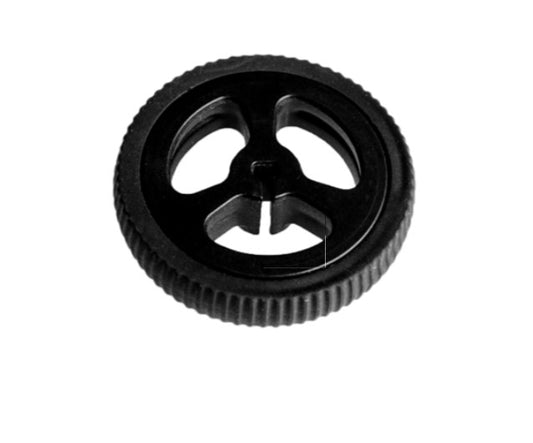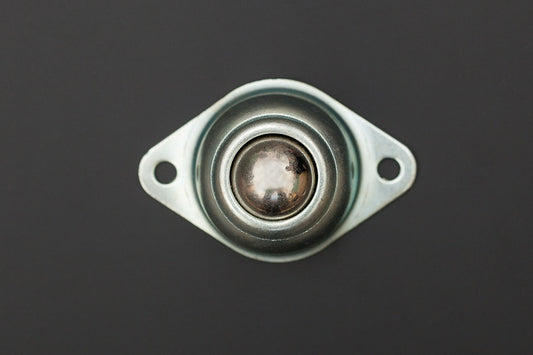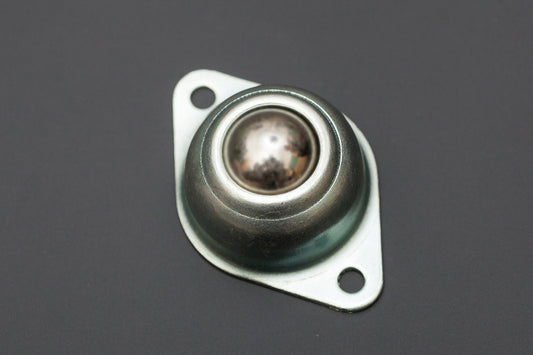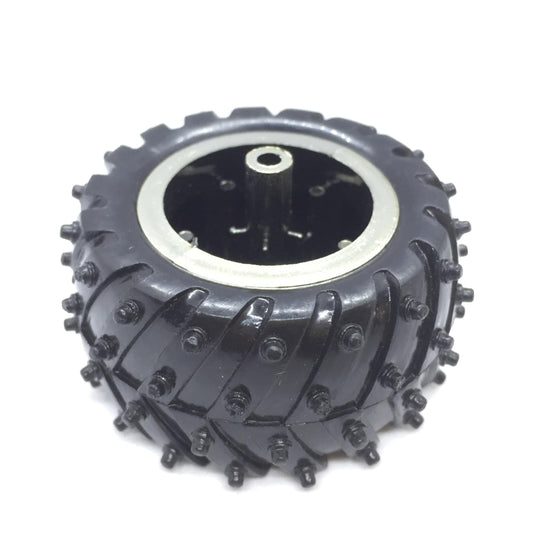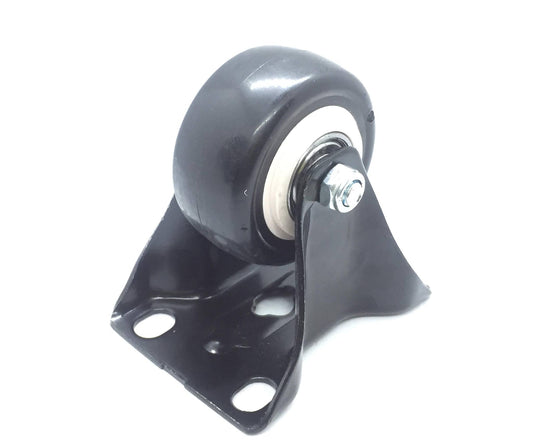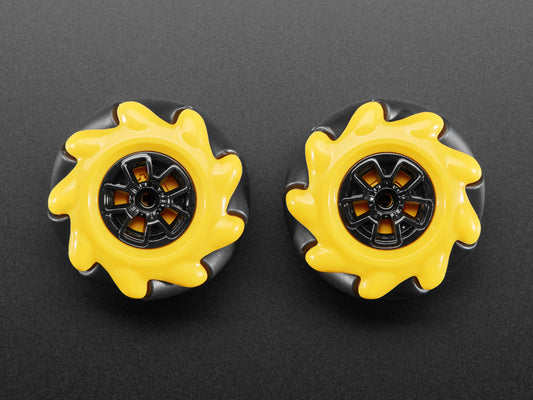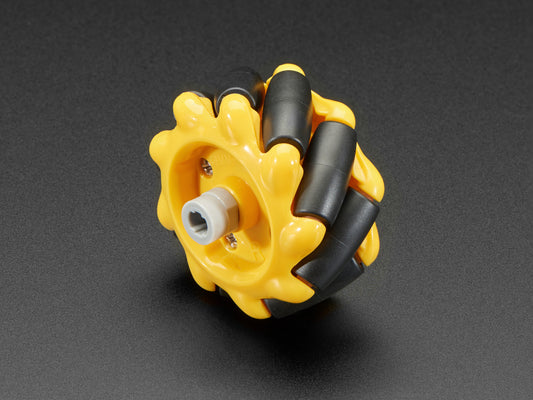Robotic Wheels - Wheels are your smartest choice for robots as they are not difficult to configuration, carry out, and viable for robots that require speed. They likewise don't experience the ill effects of static or dynamic dependability as the focal point of gravity of robots doesn't change when they are moving or simply stopping and don't need complex models, plans, and calculations. The drawback is that they are not steady on lopsided or harsh landscape and furthermore on incredibly smooth surfaces as they will in general slip and slide.
Kinds of Robot Wheels
There are various types of wheels to browse, for a Wheeled Mobile Robot (WMR). Standard fixed haggles wheels are probably the most well-known choices. While further developed Omni Wheels take into account a more noteworthy scope of directional control and translational development.
• Standard/Fixed wheel standard Robot Wheel - This wheel has two levels of opportunity and can cross Front or Reverse. The focal point of the wheel is fixed to the robot case. The point between the robot suspension and wheel plane is steady. Fixed wheels are generally seen in most WMR's the place where the wheels are appended to engines and are utilized to drive and direct the robot.
• Orientable wheel - These wheels are mounted to a fork that holds the wheel set up. Orientable wheels are ordinarily used to adjust a robot and probably not going to be utilized to drive a robot. There are two sorts of Orientable wheels: Centered and Off-focused Orientable wheels.
• Ball wheelBall Wheel (Caster) - These ball wheels contain a circular metal or nylon ball (or any hard round material nowadays) situated inside a holder. The ball has 360° of opportunity and is regularly used to adjust a robot. The disservice is that these castors normally have high footing and require more ability to push and support the driving wheels. They are likewise not reasonable for lopsided, dusty, and oily surfaces. Ball wheels are likewise commonly alluded to as "castor ball wheels".
• Omni wheels - The most ideal decision for a robot that requires multi-directional development. These wheels are ordinary wheels with latent wheels (rollers) appended around the periphery of the middle wheel.
• Tri-Star Design - A variation on the "wheel" plan would be the tri-star. This plan places three wheels of equivalent measurement about the pivot of turn. Regularly these wheels are completely determined by means of pulley from a centra shaft. It very well may be contended that the additional intricacy of this plan permits it to all the more effectively defeat huge impediments. Very few robots fuse this plan at this point.
Final Line
Mentioned above is the entire detail about Robotic Wheels and the entire information that would help you to go through what robotics wheels are used for along with their distinctive types and working mechanism.
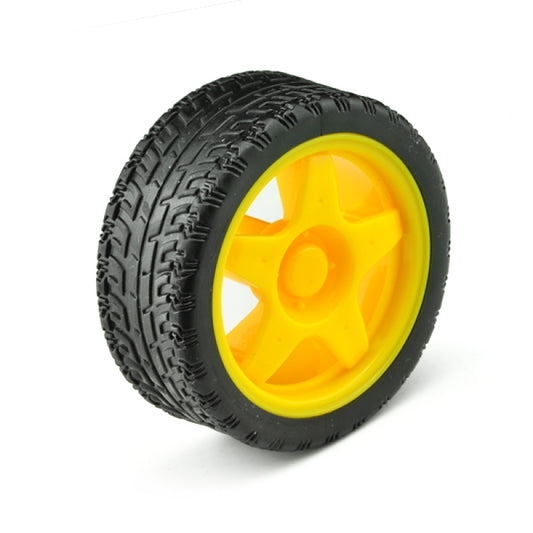
 Sold out
Sold out
 Sold out
Sold out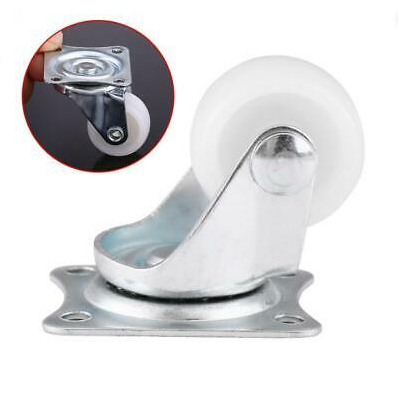 Sold out
Sold out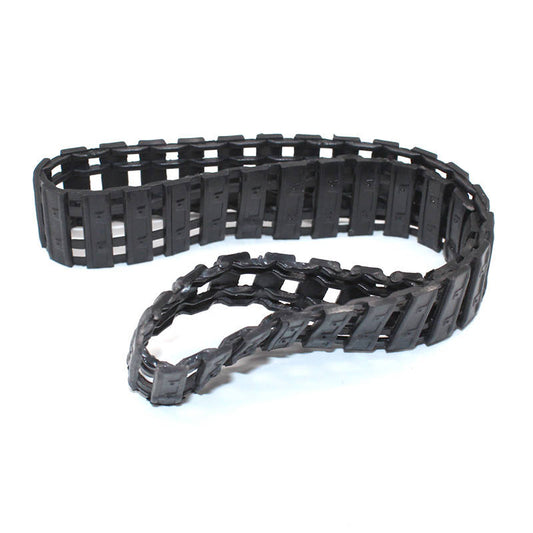
 Sold out
Sold out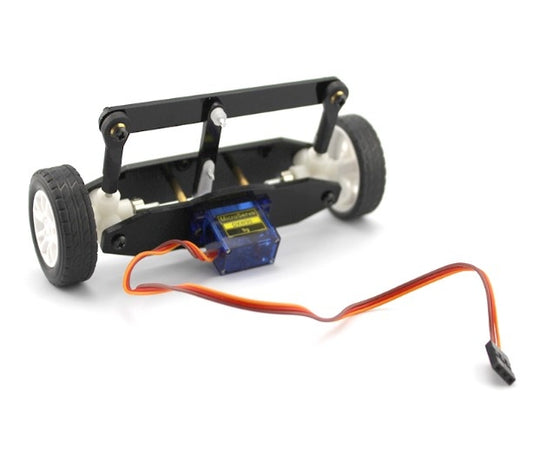
 Sold out
Sold out













